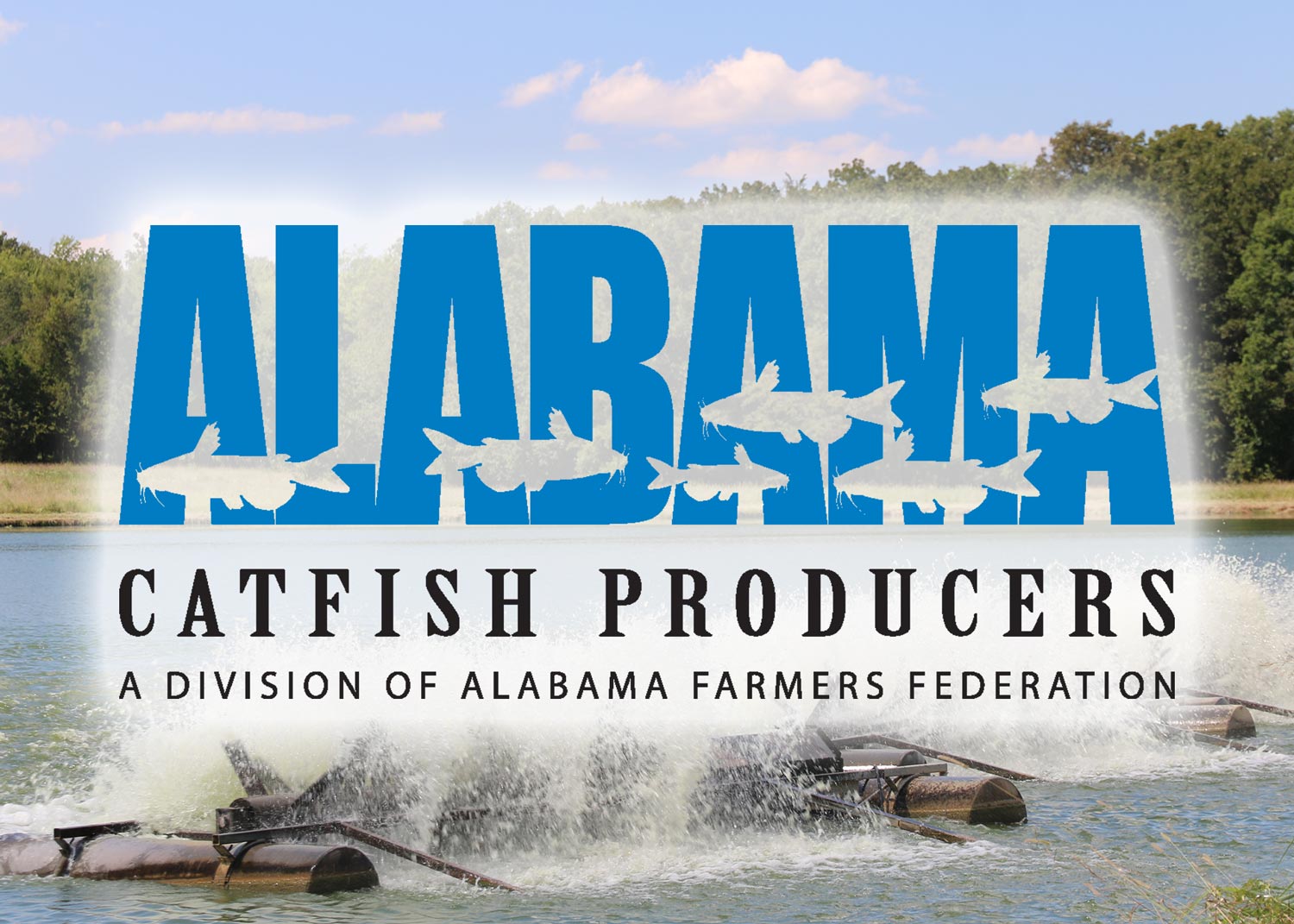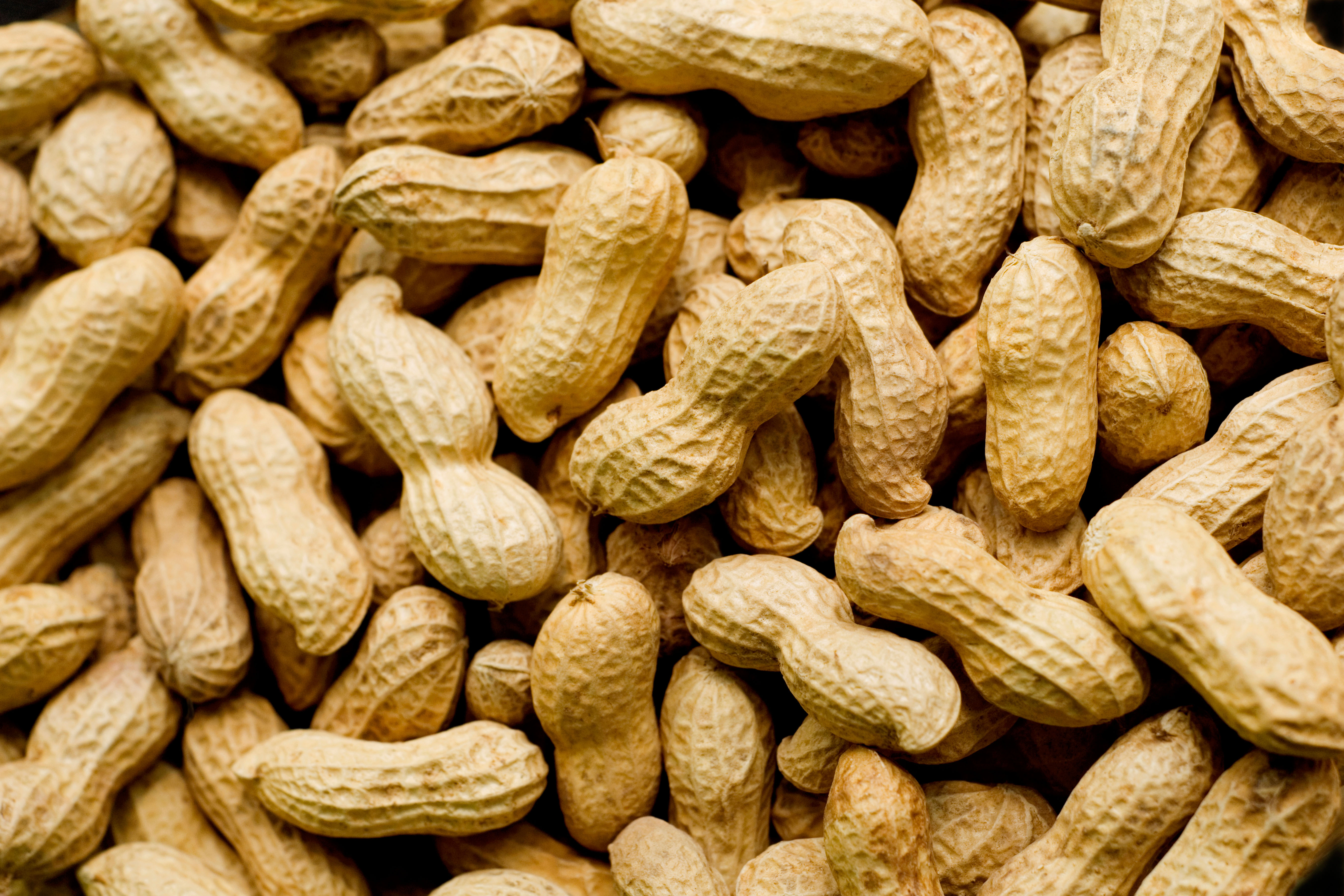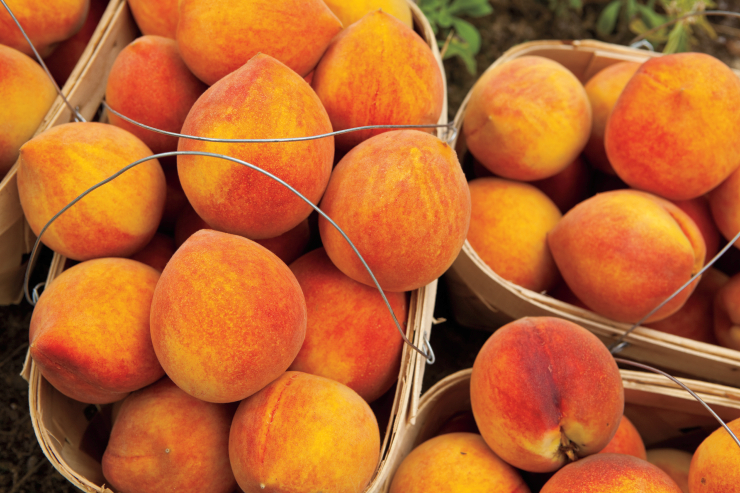Pecan Production in Alabama Is Facing Many Real Challenges
Pecan Production in Alabama has a very long and storied history, but recent events in the state have really hurt this important industry.
Pecan nuts are produced on trees that are native to the United States, especially in the southern states.
This important crop and food source has been grown commercially in the state since the early part of the 20th century, and it is one of 15 states that produce them commercially.
There are currently over 9,000 acres of pecans in over 30 Alabama counties, with the highest concentration located in Baldwin and Mobile counties.
The state ranks 8th in total production of this valuable food source and produces an average of about 5.4 million pounds a year.
However, Pecan Production in Alabama has been seriously challenged and hurt by two recent hurricanes that hit the state, Sally, which hit in mid-September of 2020, and the Zeta, which hit in late October of 2020.
Many famers of this food source expected their best crop in several years, but these two hurricanes took a very heavy toll.
Not only did they dramatically affect this year’s production, but it could also literally affect it for generations to come.
Not only where several trees knocked down in central Alabama including in Montgomery and Prattville, pecan tress where literally devastated in Mobile and Baldwin counties by both storms.
Hurricane Zeta came directly up and through the edge of Mobile County and into Washington County, where the pecan tress where almost all destroyed.
Hurricane Sally also delivered an almost total loss of the Pecan Production in Alabama in Baldwin County earlier, and combined, these are the two largest producers in the state.
In fact, most famers in Baldwin County agree that it will knock out that county from being the major producer of this precious food source in the state.
There were so many trees damaged there that the impact could be felt for generations.
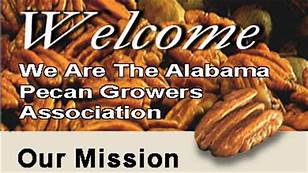 Alabama Pecan Growers Logo
Alabama Pecan Growers LogoThe History of Pecan Production in Alabama
The history of Pecan Production in Alabama begins with the nut's biology and culture.
The pecan is a species of hickory in the walnut family and is native in the United States and Mexico.
It is considered to be the only commercial nut tree in the entire North American continent and is considered to be deciduous.
This means that they shed their leaves in the fall and may grow as tall as 70 to 100 feet in height.
They have compound leaves that are between 12 and 18 inches long and are divided between 9 and 15 long pointed leaves.
They are also considered to be a monoecious tree, which means they have both male and female flowers located on the same tree.
The male flower will appear on the tallow-green slender stalks that are called catkins and produce pollen, which in turn is spread by the wind.
The female flowers are the ones that turn into nuts, and are small and square in form, and they develop in clusters of three to six on the trees during the current season’s new growth.
Because they have both male and female flowers, they can and often do self-pollinate themselves.
However, because of the female flowers readiness to receive the pollen that is released by the male flowers does not always match up, this process does not occur very often.
This is the reason most all nut experts agree that pecan growers' plant two or more different varieties of tress, at least 150 feet from each other.
These tree nuts will vary in both shape and size and can be small rounds nuts all the way to quite large oblong nuts.
Because of this, they can range from 20 all the way to 100 unshelled nuts per pound.
The Pecan Production in Alabama began in the early 1900’s, primarily in the southern part of the state.
By the 1940’s the production soon became a significant industry, and the first areas that were planted were located near Loxley in Baldwin County, as well as Oceanside, located in Mobile County.
During the 1960’s and the 1970’s the early growers of this tree nut planted the Stuart, Schley, and Success varieties of it, but as time went on, other varieties were planted as well.
These included the Desirable, Cape Fear and Elliot varieties, and today they are also growing the Gafford, Amling, Excel, McMillian, Forkert, and Surprize varieties, which are known for their hardiness, as well as their productivity.
These nuts have grown in popularity over the last several years because of their health benefits.
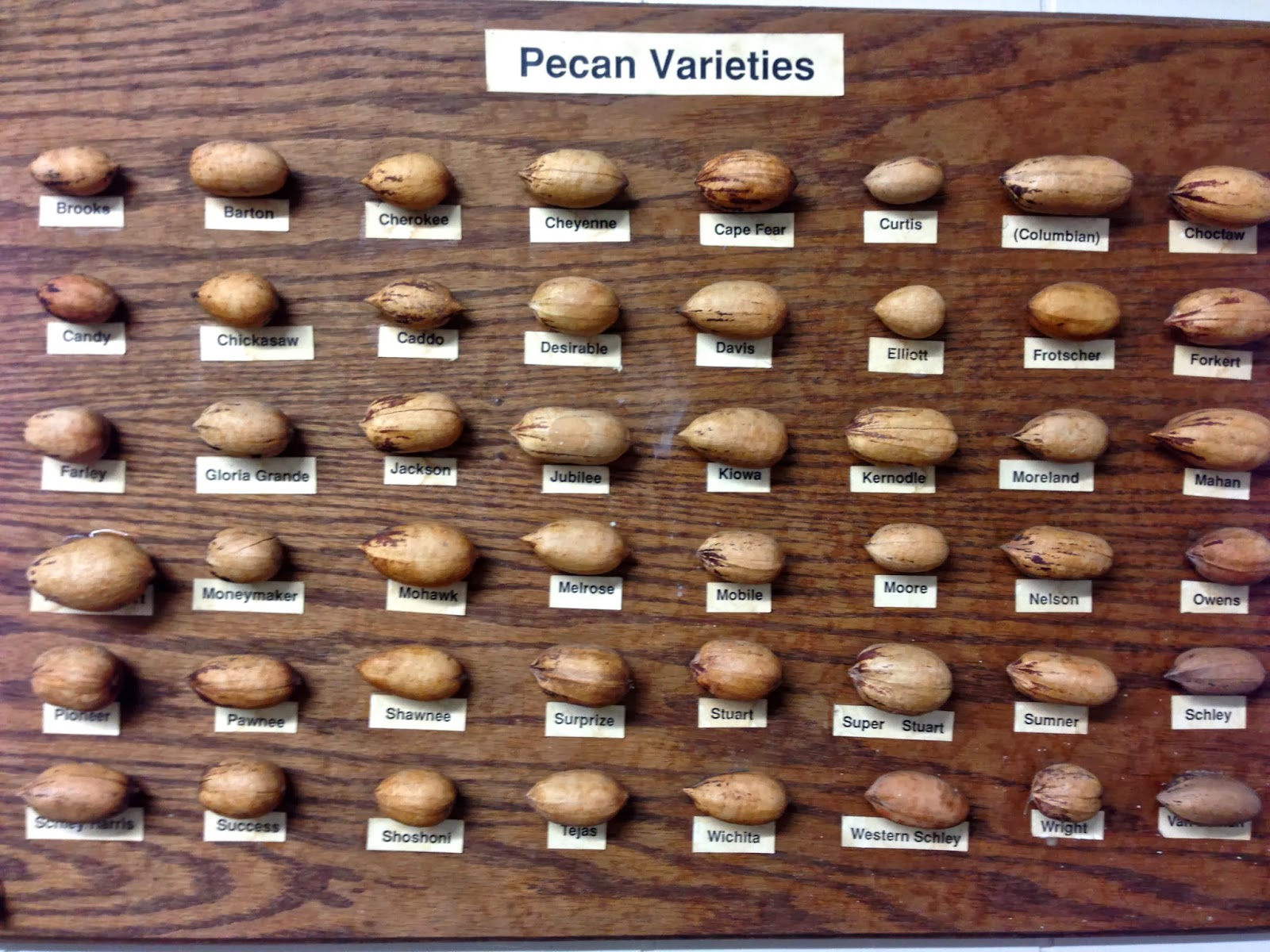 The Many Pecan Varieties
The Many Pecan VarietiesIn the year 2001, researchers at the University of Loma Linda in California, found that supplementing a low-fat, low-density diet with pecans as well as other nuts has several beneficial results.
They included lower cholesterol levels and triglyceride levels, while maintaining high-density lipoprotein levels, which combines to reduce the risk of heart disease.
These tree nuts are used in several different ways and are especially popular in the south.
Most people associate them with pies, but they are also used in candy, cookies, and ice cream.
However, they can also be eaten as roasted or salted nuts, as well as being added to many types of meats as flavoring.
But that is not all, as they can also be processed into oil very similar to olive oil, but this oil has less saturated fat than olive oil.
Most of the Pecan Production in Alabama is located on small family run farms, and these small growers produce their own crops and sell them in retail stands next to their orchards.
The larger growers generally market their nuts to wholesalers, who in turn sell this product to several different markets.
In the early 1960’s, a small group of farmers form Baldwin and Mobile counties formed the Southwest Alabama Pecan Association, which was changed to the Alabama Pecan Growers Association in the 1980’s, so it could be recognized by the state.
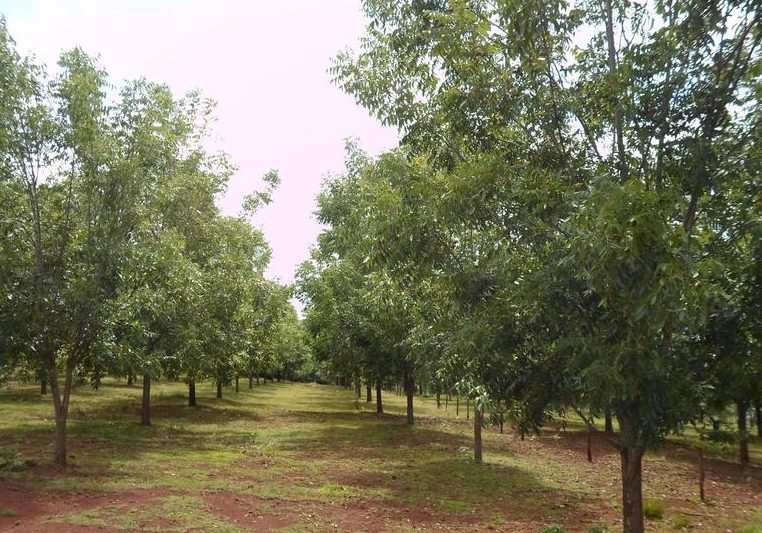 Pecan Groves In Alabama
Pecan Groves In AlabamaThe Pecan Production in Alabama and Its Challenges
The Pecan Production in Alabama faces many challenges other just the devastations that hurricanes produce.
With the humidity of the state, this tree nut can suffer greatly from a fungal disease called the scab.
Pecan scab is considered the most devastating and widely prevalent disease of this tree nut, as well as many other native hickories in the country.
This fungus primarily attacks the nut shuck, which is the green casing of the nut, but it can also affect the leaves and the stems as well.
If the infection is severe enough, it can cause the nuts to actually drop off of the tree, or fail to grow to their proper size.
Nuts that have been infected will in most all cases have drab gray or black spots in the nut shuck, and if very severe, the entire shuck will be pure black.
This fungus is very costly to control, but some of the varieties such as the Gafford, Amling, and Excel, have been bred to be resistant to this fungus.
There are also many kinds of insects that attack pecan trees, and the most damaging are weevils, hickory shuck-worms, as well as aphids.
The female weevils can actually lay their eggs inside the nuts, and when they hatch, the larvae eat the kernels of the nuts.
The female hickory shuck-worm deposits its eggs on the outside of the shuck, and within just a few short days’ larvae hatches and burrow into the shuck, which greatly impacts its quality.
Yellow aphids are commonly found on the undersides of the leaves throughout the growing season but are more numerous from late August through early October.
These insects excrete a very sticky substance called honeydew onto the leaves, and it later becomes covered in a black, sooty mold that limits the amount of sunlight that reaches the leaflets.
Drought can also slow down production, as this tree requires an average of 51 inches of rain a year during the growing season.
Because of this, these nut trees often need supplemental watering during their growing season, especially May through October.
However, the month of September is considered to be the most critical, as this is the time when the kernels are filling out.
Despite all of these challenges, the Pecan Production in Alabama has remained strong, but only history will tell us the true impacts of Hurricanes Sally and Zeta.
References
https://vscnews.com/alabama-extension-pecan-producers/

Alabama Gift Store
Numerous Items for You and Your Family to Enjoy
See it here at the Gift Store
Copyright 2019-2023 Alabamabackroads.com
All Rights Reserved
